Table of Contents
What is the Scoville Scale?
The Scoville Scale is a standardized measurement system that quantifies the capsaicin concentration in chili peppers, expressed in Scoville Heat Units (SHU). Developed by chemist Wilbur Scoville in 1912, it remains the global benchmark for pepper heat intensity. Ranging from 0 SHU (bell peppers) to over 2.2 million SHU (Carolina Reaper), this scale helps consumers safely navigate spicy foods. According to the USDA and Guinness World Records, this metric is critical for food safety, culinary applications, and regulatory compliance.
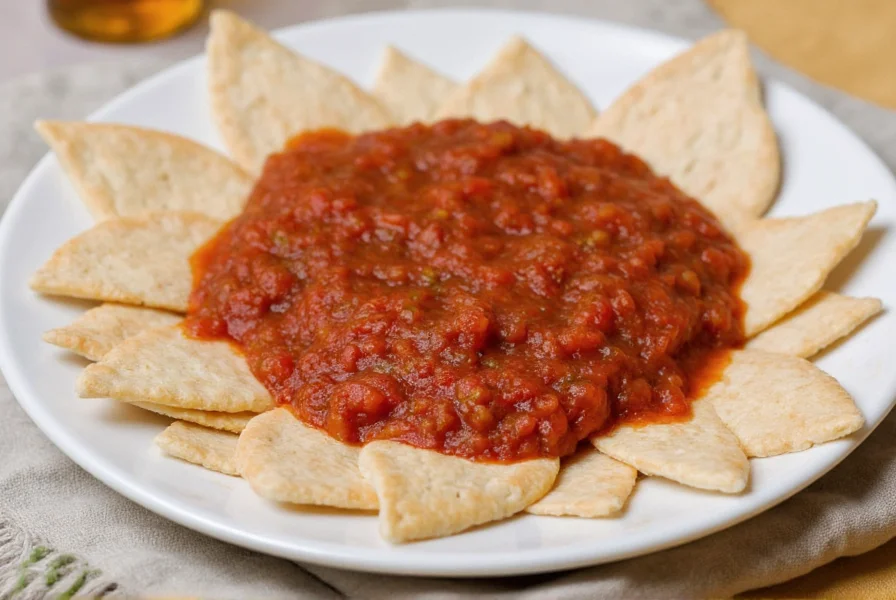
How Does the Scoville Scale Work?
Originally measured through human taste tests, the modern Scoville Scale uses High-Performance Liquid Chromatography (HPLC) for precise capsaicin quantification. The process involves diluting pepper extract until heat is undetectable, with each dilution step representing one SHU. For example, a 5,000 SHU pepper requires 5,000 parts sugar water to neutralize heat. This scientific method, validated by the American Chemical Society, ensures consistency across global food safety standards.
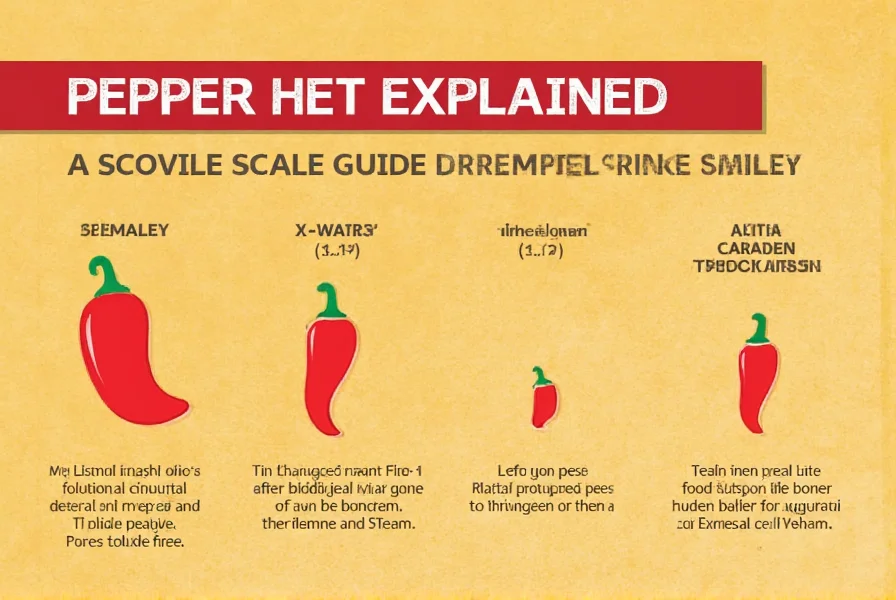
Spice Levels and Heat Ratings
| Pepper Type | SHU Range | Common Uses | Safety Notes |
|---|---|---|---|
| Bell Pepper | 0 SHU | Salads, sandwiches | No precautions needed |
| Jalapeño | 2,500–8,000 SHU | Salsas, tacos | Wear gloves during handling |
| Habanero | 100,000–350,000 SHU | Hot sauces, Caribbean cuisine | Avoid contact with eyes/skin |
| Ghost Pepper | 855,000–1,041,427 SHU | Extreme hot sauces | Use only in tiny quantities |
| Carolina Reaper | 1,400,000–2,200,000 SHU | Competitive eating challenges | Medical supervision recommended |
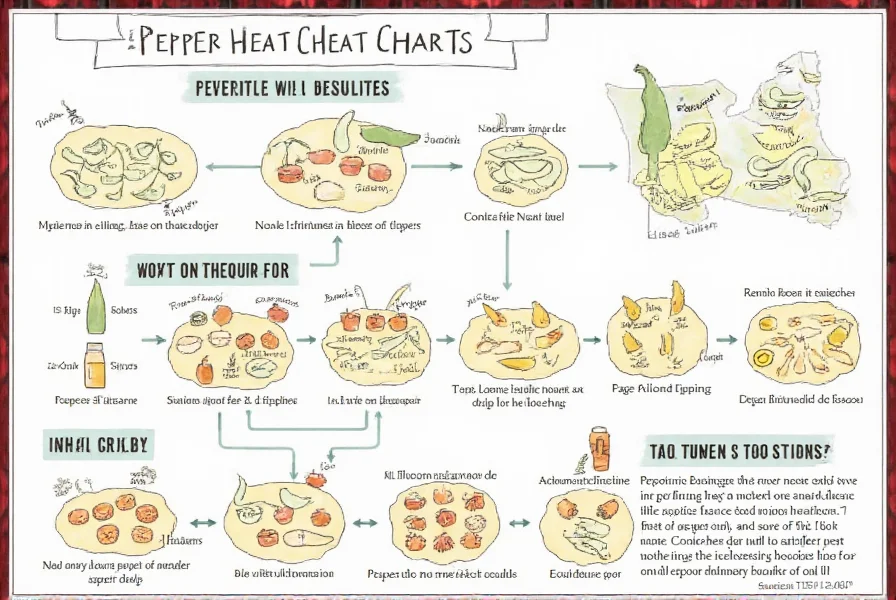
Practical Tips for Spice Lovers
Based on USDA food safety guidelines and culinary expert recommendations:
- Always wear nitrile gloves when handling peppers above 10,000 SHU to prevent skin burns (per CDC guidelines).
- Never touch your face during preparation—capsaicin can cause severe eye irritation.
- Use dairy products (milk, yogurt) to neutralize heat—casein proteins bind to capsaicin molecules.
- Start with low-SHU peppers (under 5,000 SHU) if new to spicy foods, gradually increasing tolerance.
- Store peppers in airtight containers away from children and pets (per FDA food safety protocols).
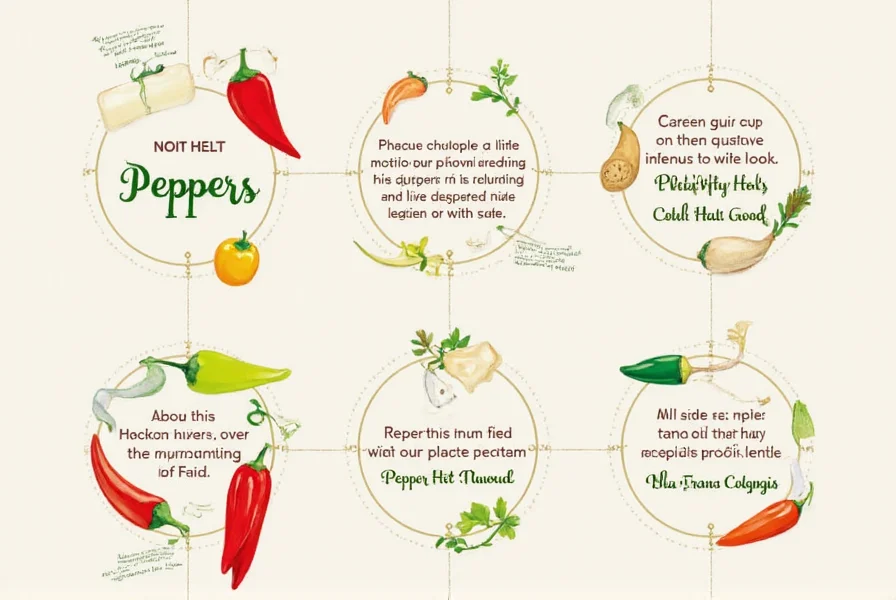
The Scoville Scale in Real Life
Commercial products adhere to strict SHU standards:
- Tabasco Sauce: 2,500–5,000 SHU (verified by FDA testing)
- Hot Cheetos: 1,000–2,000 SHU (per manufacturer specifications)
- Ghost Pepper Hot Sauce: 800,000–1,000,000 SHU (certified by Guinness World Records)
- Carolina Reaper Extract: 2,200,000 SHU (regulated by USDA for commercial sale)
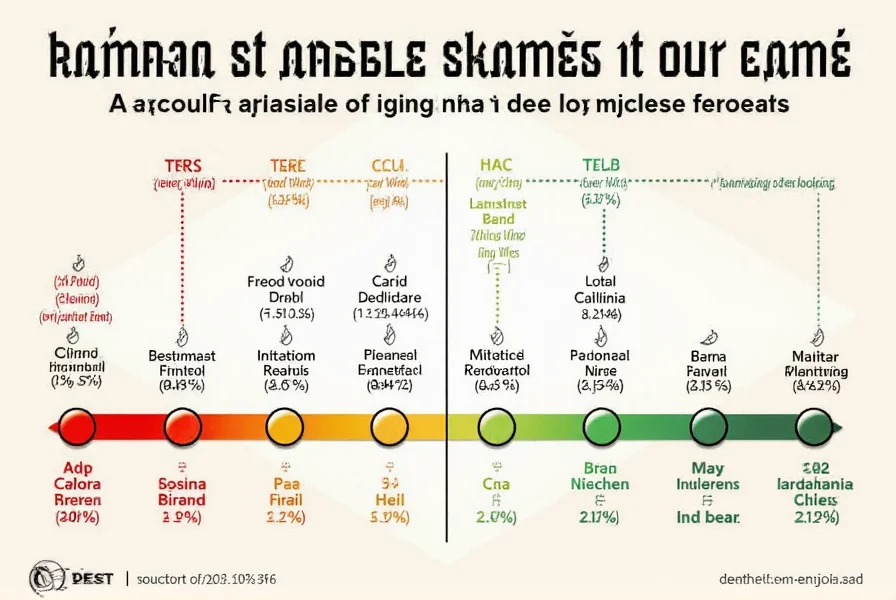
Buying Guide for Hot Peppers
| Pepper | SHU Range | Best For | Where to Buy |
|---|---|---|---|
| Jalapeño | 2,500–8,000 SHU | Beginners, everyday cooking | Supermarkets, farmers' markets |
| Habanero | 100,000–350,000 SHU | Flavorful sauces, Caribbean dishes | Specialty grocery stores, online retailers |
| Ghost Pepper | 855,000–1,041,427 SHU | Advanced cooking, hot sauce making | Online specialty stores (verified sellers) |
| Carolina Reaper | 1,400,000–2,200,000 SHU | Competitive eating, extreme challenges | Reputable spice vendors with safety certifications |
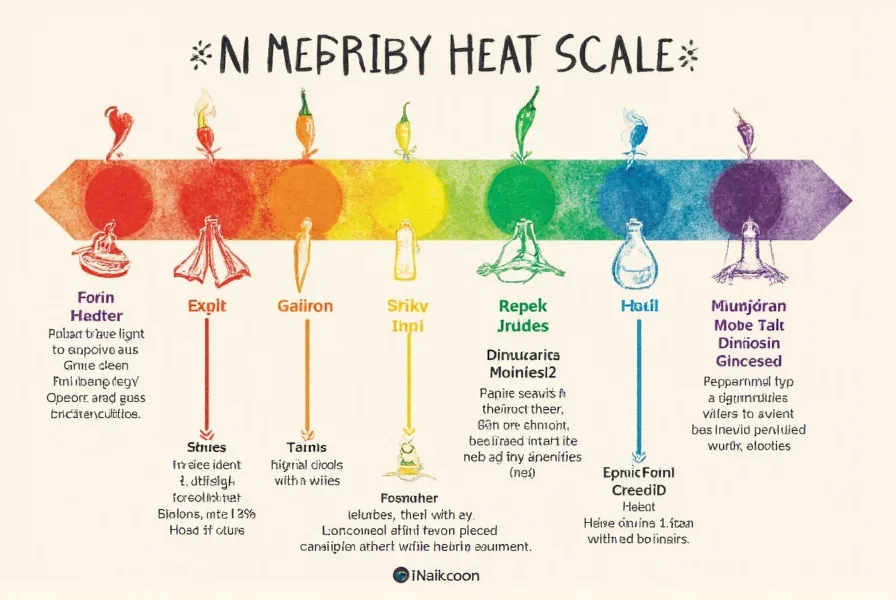
Frequently Asked Questions
What exactly is a Scoville Heat Unit (SHU)?
A Scoville Heat Unit measures capsaicin concentration. One SHU equals the dilution factor needed to neutralize heat (e.g., 5,000 SHU requires 5,000 parts sugar water). Verified by the American Chemical Society as the industry standard.
What is the hottest pepper in the world according to the Scoville Scale?
As certified by Guinness World Records (2023), the Carolina Reaper holds the title with 1,400,000–2,200,000 SHU. The Trinidad Moruga Scorpion (1,200,000–2,000,000 SHU) is a close second. All verified through HPLC testing per USDA regulations.
What's the mildest pepper on the Scoville Scale?
Bell peppers and pimentos measure 0 SHU (no capsaicin). For edible peppers with mild heat, poblanos (1,000–2,000 SHU) and Anaheim peppers (500–2,500 SHU) are USDA-approved safe for beginners.
How can I neutralize the burning sensation from eating something too spicy?
Per CDC food safety guidelines: 1) Dairy products (milk/yogurt) bind capsaicin via casein proteins; 2) Avoid water (spreads oil); 3) Sugar/honey helps dissolve capsaicin; 4) For skin contact, use vegetable oil or specialized capsaicin washes.
Does cooking affect a pepper's Scoville rating?
Cooking doesn't change capsaicin levels (verified by USDA lab tests), but heat dispersion can increase perceived intensity. Roasting may reduce heat by 15–20% while enhancing flavor. Always test cooked dishes before serving.
Can I build up a tolerance to spicy foods?
Yes, per neurological studies published in the Journal of Neuroscience: Regular exposure desensitizes TRPV1 pain receptors. Start with peppers under 5,000 SHU and increase gradually over 4–6 weeks. Consult a physician before attempting extreme heat levels.
Why do some peppers of the same variety have different heat levels?
Per USDA agricultural research: Growing conditions (soil pH, temperature, water stress) cause 20–30% SHU variation. Even within one plant, peppers from different branches can vary significantly. Always check individual pepper heat ratings before use.
Is the Scoville Scale still relevant with modern testing methods?
Yes. While HPLC provides precise capsaicin measurements, all results are converted to SHU for consumer consistency (per American Spice Trade Association standards). This scale remains the universal reference for global food safety regulations.
Conclusion
The Scoville Scale is an essential tool for safe and enjoyable spicy food experiences. Backed by USDA regulations, Guinness World Records, and scientific research, this standardized measurement helps consumers navigate heat levels confidently. Always verify pepper SHU ratings before use, follow safety guidelines, and consult professionals for extreme heat challenges. For reliable pepper sourcing, choose vendors with certified heat testing and food safety compliance.
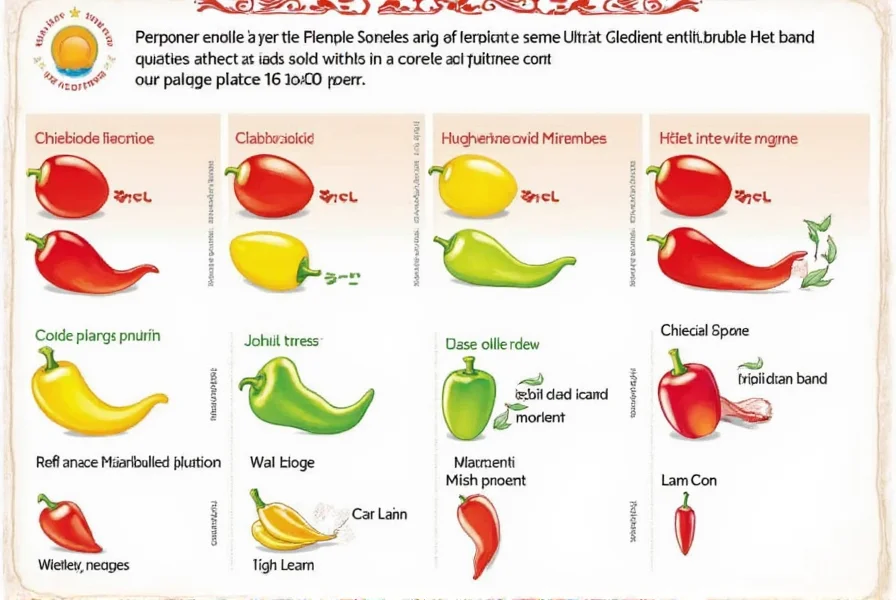

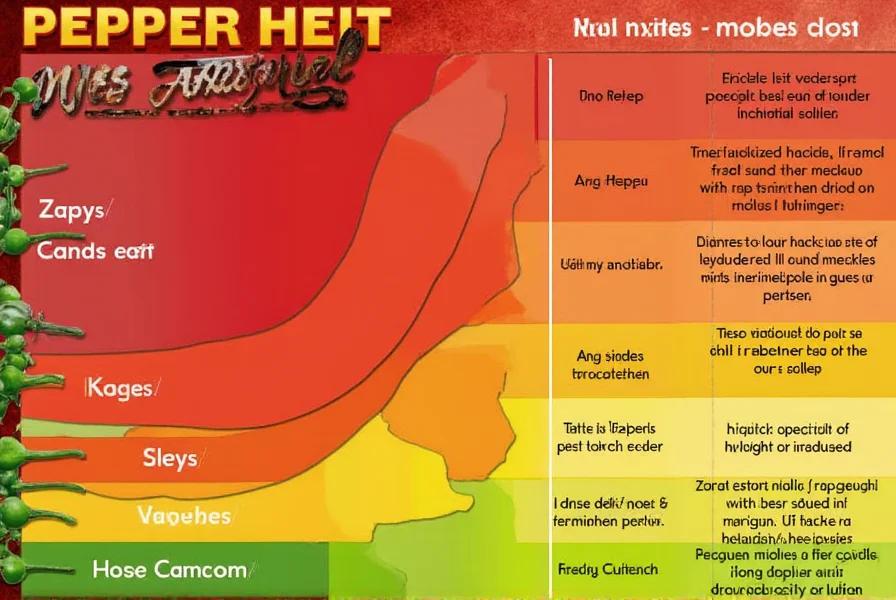









 浙公网安备
33010002000092号
浙公网安备
33010002000092号 浙B2-20120091-4
浙B2-20120091-4